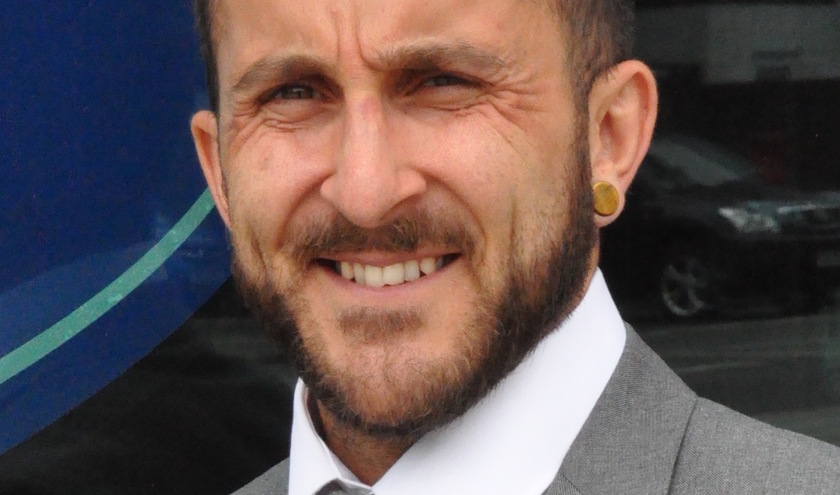Matt Maleki, business development manager and indoor air quality (IAQ) specialist, Carrier UK&I, said smarter ventilation strategies offer an effective way to extend the impact of this latest funding round beyond short-term repairs.
‘The recently announced funding offers a practical route to address persistent challenges with HVAC systems across healthcare facilities,' Maleki said. ‘It's not just about repairing buildings, it's about making them healthier, more resilient places for patients and staff.'
The Building Engineering Services Association (BESA) has highlighted the links between poor ventilation and risks of airborne transmission. Structural deficiencies, such as leaking roofs and inefficient HVAC systems, can contribute to mould, inconsistent airflow and elevated energy use; challenges that persist across many hospital sites.
Maleki urged estates and facilities teams to explore refurbishment approaches that pair system upgrades with monitoring tools and long-term service planning.
The IAQ specialist encouraged estates teams to act decisively to triage building services needs in the same way clinical teams prioritise patient care.
‘By identifying where ventilation and air quality improvements will have the greatest impact, trusts can turn emergency maintenance into long-term, measurable improvements in safety, sustainability and operational performance,' Maleki said.



